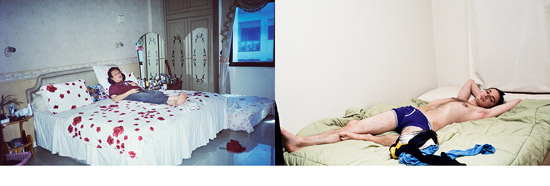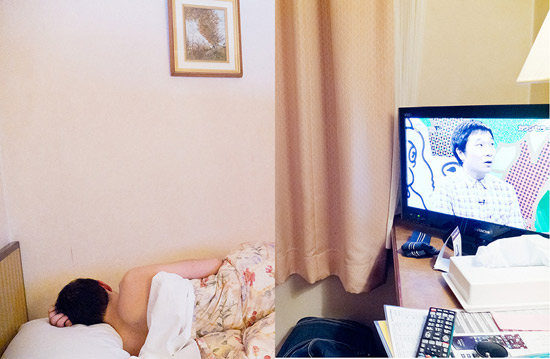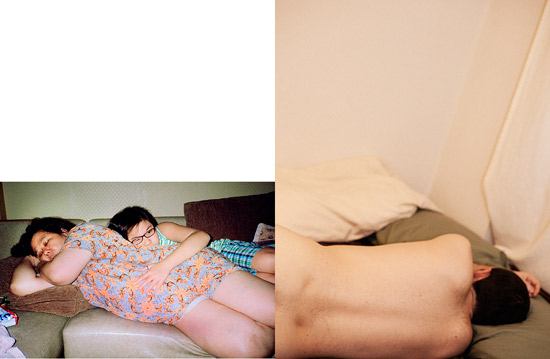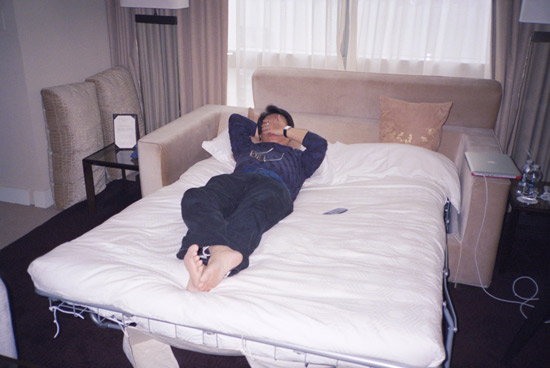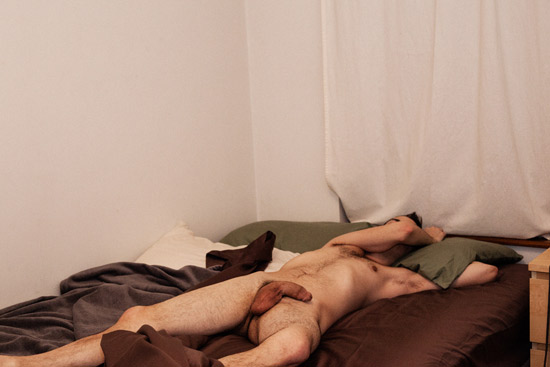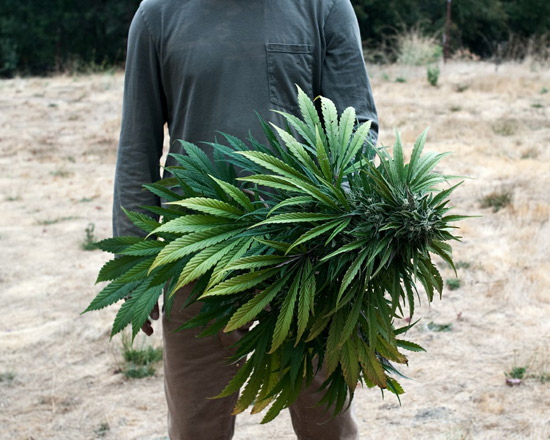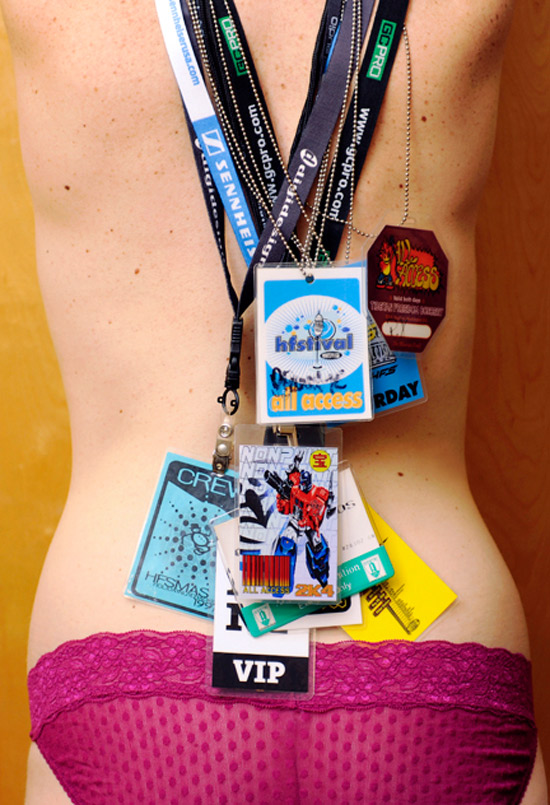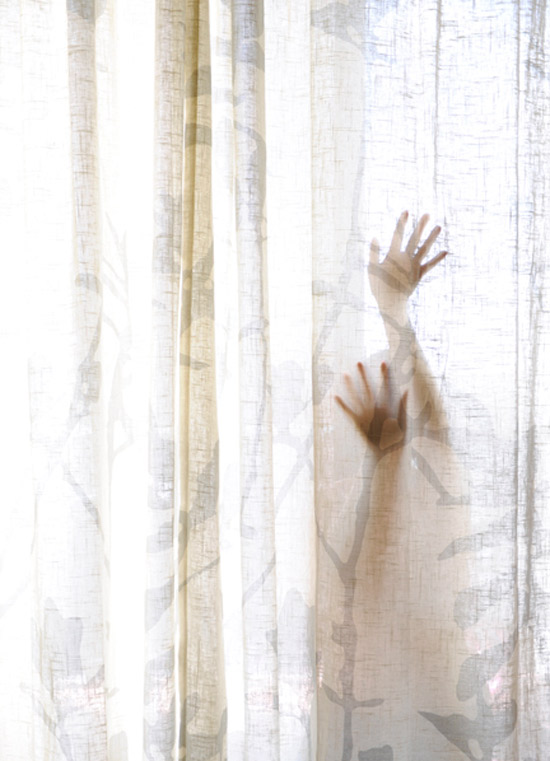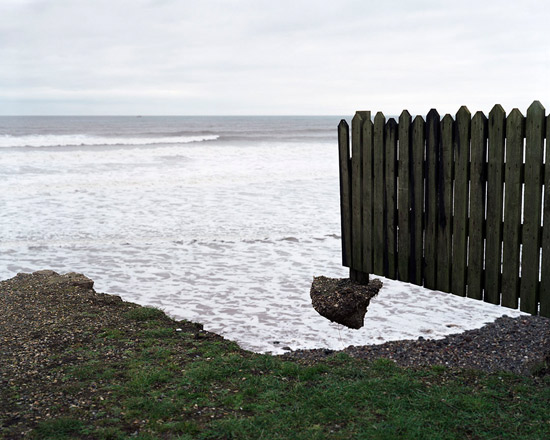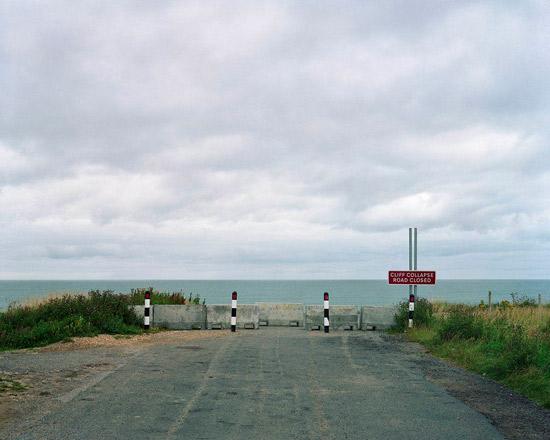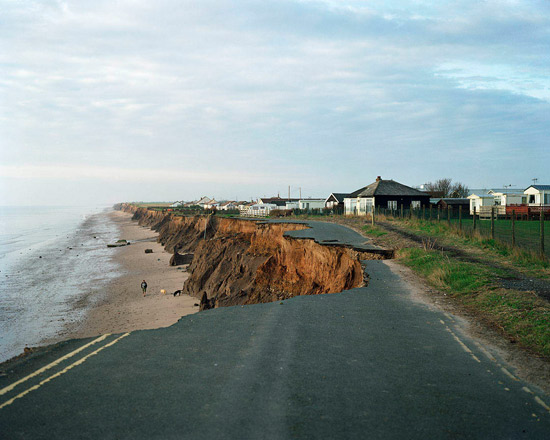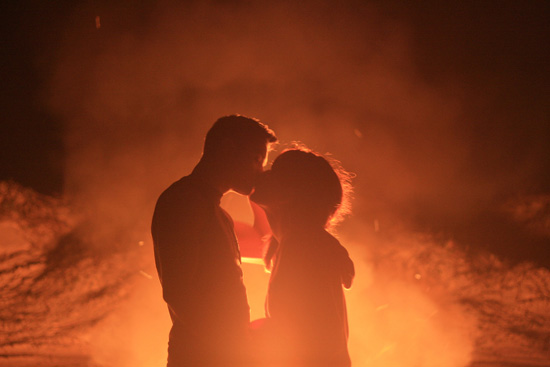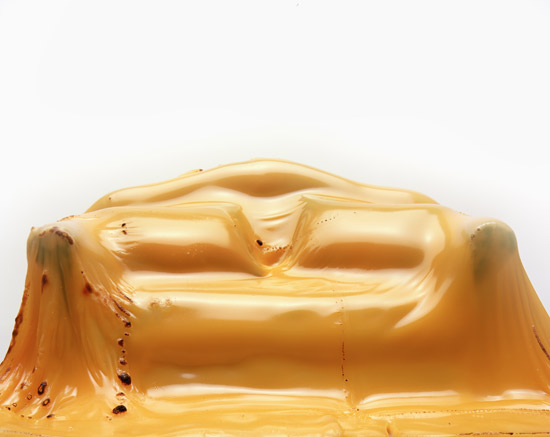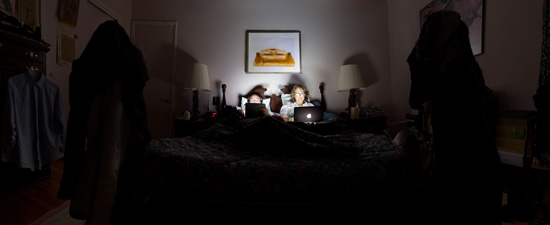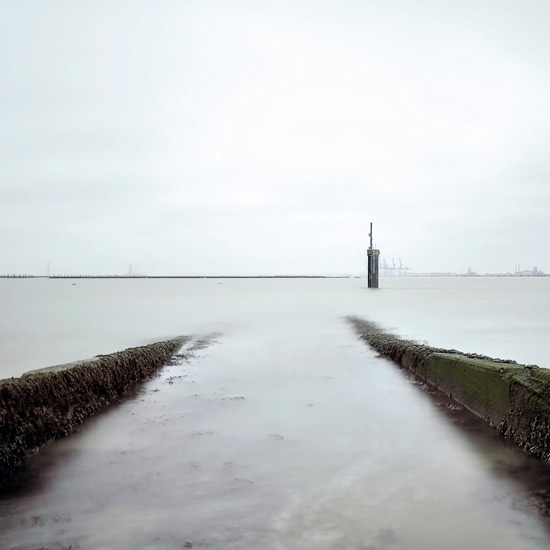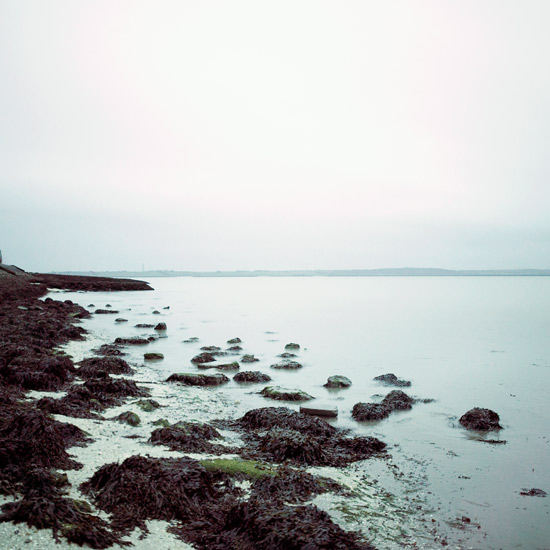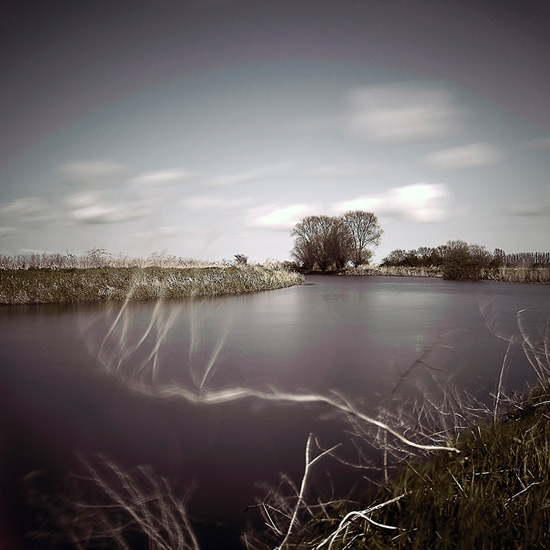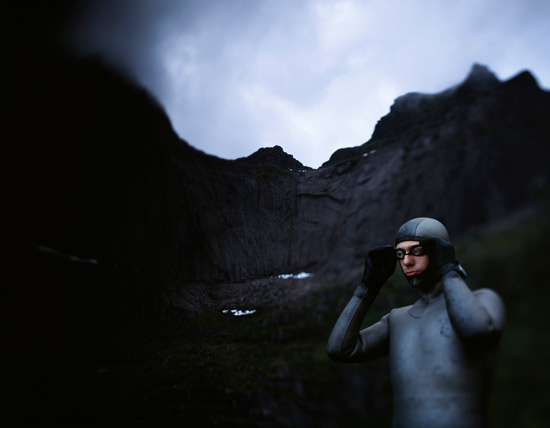Laying it bare in a limited edition book,
Alex Thebez brings us his project '
When We Are Together.' Not too self-indulgent, this is the most charming book of personal work I've received lately. (And the purple cover is texturally really nice...) Check out
some other work by this sweet, young experimentalist.
"Hello, my name is Alex.
These photos I am showing you are of my family and this boy that I dated for a while, until recently.
The photos are taken in a few different places over a period of four years or so.
I spent most of my adult life being away from my family.
I started living alone, abroad, when I was fourteen. I see them during vacations or holidays.
We would take trips together as a family sometimes.
Most of my family still don't know that I like boys."
"The first time I entered this world, I was totally ignorant to pot farming, and riddled with judgment. It took some time for my outsider eyes to adjust to see what was all around me - behind locked gates and camouflaged cabins, past generators and barking dogs, protective firearms and diesel trucks - but also to gain the trust of the community. It is an eclectic group, bound together by a deep knowledge of growing techniques, along with a strong distrust for outsiders; suspicion is a necessary survival trait. These farmers are lured by the single magical and medicinal plant; a plant whose cultivation or possession holds the promise of profit, coupled with possible jail time. As state and local laws, along with public acceptance, are now changing, this once-furtive farming community is coming out of its greenhouses, building bigger ones and growing giant plants in full sun, less fearful of the hum of helicopters, more exposed and confident than ever before."
Your dirty laundry.
In an ongoing personal project just released on
Statia's Tumblr, the photographer finds catharsis through a really well-executed series that most of us can relate to. Go ahead and share the shaming!
"He broke my heart and left. He also left a lot of his shit in my apartment. I photographed it all before tossing it. Hell hath no fury like a woman photographer scorned."
Shit that the Salvation Army got.
I assume it's shitty if you left it here.
Your tight hipster sweatshirt. Hope I didn't stretch this shit out.
Your glory days.
Did I mention that he broke up with me right after my birthday? This one goes out to your shitty timing.
I found the perfect key for you.
Me.
Tying in slightly with
Fleur Alston's project depicting landscapes where battles and hangings and invasions and such once took place,
Neil A. White's project 'Lost Villages' shows homes and rural areas potentially about to become history.
"The Holderness coast located in the North East of England endures the highest rate of coastal erosion in Europe. The devastating consequence of this is villages and land slowly disappearing into the sea. The 'Lost Villages' project aims to explore the constant battle between the North Sea and the mainland, and to document the irreversible change taking place on the Holderness coast."
"The speed of the erosion has increased significantly in the past decade thanks to rising sea levels, which is linked to climate change. It is estimated that up 32 villages dating back to the Roman times have already been lost to the sea. During World War II many outposts were built on this 61 km stretch of coastline. What remains of these outposts is now falling into the sea."

"The historical events which took place on this coastline are fascinating. Since Roman times it is estimated that a strip of land three and a half miles wide has been washed into the North Sea. Two miles are estimated to have been lost since the Norman invasion in 1066 AD. One lost village, Ravenser Odd, is particularly significant. Described as a mediaeval "new town" founded in 1235, it was also a thriving sea port. By 1346 it was recorded that two thirds of the town and its buildings had been lost to the sea due to erosion. In the years that followed from about 1349 to 1360, the sea had completely destroyed Ravensor Odd."
"The 'Lost Villages' project will continue to document the erosion of the Holderness coastline and the difficulties experienced by the people, who are quite literally living on the edge there. In just over a year of working on this project, I have seen the coastline change markedly right before my eyes. This really does bring the speed of the erosion into reality."
© Victoria Trevino
An update on the second contest over at
LifeFramer. Photographer Olivia Bee judged last month's theme, "
An Instant," and the winning image is this one by Victoria Trevino.
Short listed is this image by Alessandro Falco, whose work I became familiar with last year when I judged the
Grand Prix de Découverte. I love his eye!
© Alessandro Falco
The current theme is "A Human Touch" and will be judged by Julia Fullerton-Batten. It's $10 a punt for a $400 prize, along with an exhibition and other bits and pieces such as potential publicity in photography blogs! Deadline is May 31st.
It was lovely to have the opportunity to attend the
NYU Photography and Imaging thesis students' portfolio review recently. I saw the work of five of the most confident youngsters I've ever critiqued, each with something interesting going on. I connected with all of them, but it's Andrew who has followed up on my request for a copy of the cheese couch from his cheese-melted-on-plastic-toys series... We discussed the unlikely nature of the American cheese slice and its reluctance to melt at the edges.
His thesis project, however, is about human interaction with LCD screens, as seen below in this panorama of the artist's parents. Love the art work!
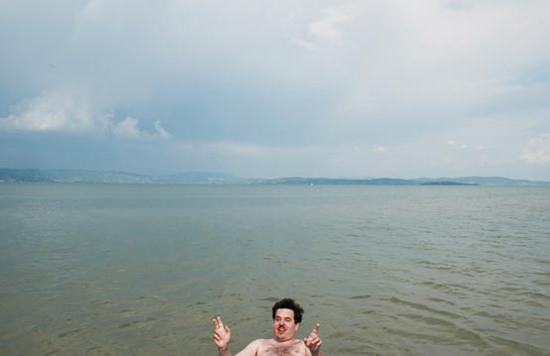
Kunterbunt is a travel agency for mentally and/or physically disabled people, located in southern Germany. Photographer Piotr Pietrus sometimes joins them.
"Kunterbunt offers around 60 trips a year of various kinds and destinations while strongly focusing on a respectful and easy approach towards the individual. Based on this philosophy the disabled people are allowed to find themselves in the very rare occasion where usual structures, borders and roles defining their everyday life no longer exist. Whether they are able do it consciously or not, for a while they can experience a freedom and room for self-expression that every person is deeply longing for. Being on the road and documenting their time is a unique opportunity to gain insight into a world unknown to most of us. It is easy to fill a book with the countless experiences of every trip but what remains so special for me is the real honesty I had been confronted with. So refreshingly different from 'our' life the disabled mostly don't wear masks, they simply are themselves. Their inner child can be very inspiring and reminding us of our own one."
Dead Man's Island © Fleur Alston
Fleur Alston, reporting from the UK's south east county of Kent. According to Wikipedia, Kent's location between London and continental Europe has led to it being in the front line of several conflicts, including the Battle of Britain during World War II. East Kent was known as Hell Fire Corner during the conflict.
Fleur has made a project out of photographing her local historic sites of former gore.
"The wonderfully evocative named Dead Man's Island is the site of a mass grave. Prisoners were kept in the hulks on the Thames estuary and when they died they were buried on Dead Man's Island. The bones of Napoleonic prisoners as well as cholera victims are supposedly lying on the shore. It is difficult to get there though; unfortunately I do not have a boat and even if I had one it is a bird preservation and the wardens are not particularly friendly."
Gallows Hill
"Possibly self-explanatory, this was the site of a gallows. The extraordinary thing is you can almost mark the spot the gallows stood still today. The photograph is of the ancient path the prisoners would have more than likely walked to there final destination. Out of all the places I have visited so far this was the most strangest and atmospheric! It was a very spooky place."
Deadman's Point
Deadman's Bay
"Deadman's Bay has an ominous history; due to tidal currents, numerous bodies have been and possibly still are washed up on its shore. There is also a folklore that two fish-like creatures with legs have been found on two separate occasions. There is a tiny strange museum close to the bay.
Deadman's Point, however, not more than 200 yards away, is named for an entirely different reason. It is a Roman burial site, now the home of a holiday caravan park. Not sure it's somewhere I'd want to stay knowing all the history of that area."
Blood Point
Blood Point was the scene of King Alfred`s famous defeat of a Viking invasion force and a bloody battle took place there.
Slayhill Marshes is the site of a Roman battle which took place before the marshes were formed.
Artist
Bill Westheimer's current project: "Ascent - an art installation exploring the evolution from analog man to future digital man - revealing who we are about to become."
Using photograms, sculptures and ultimately, 3D printing, Bill suggests how as "Man descended from apes, now humanity ascends to the digital future."
In 2012, Maja Kaszkur and Radek Polak spent two months traveling with championship diver Mateusz Malina in Egypt, Norway, Poland and South Africa, and a month shooting with large and medium format cameras.
"Matt comes from a modest family. Wishing to make his passion come true he worked for two years in a BMW factory in England. He learnt English to learn to dive. His familiarity with the theory is a result of persevering study of the online sources. He could not afford to pay for professional courses nor for individual training. Matt is like Rocky Balboa. People love him as he reminds them of themselves. He is not a star of superhuman abilities. He is just a young man from Ustroń who reached the highest peaks thanks to his great determination."


